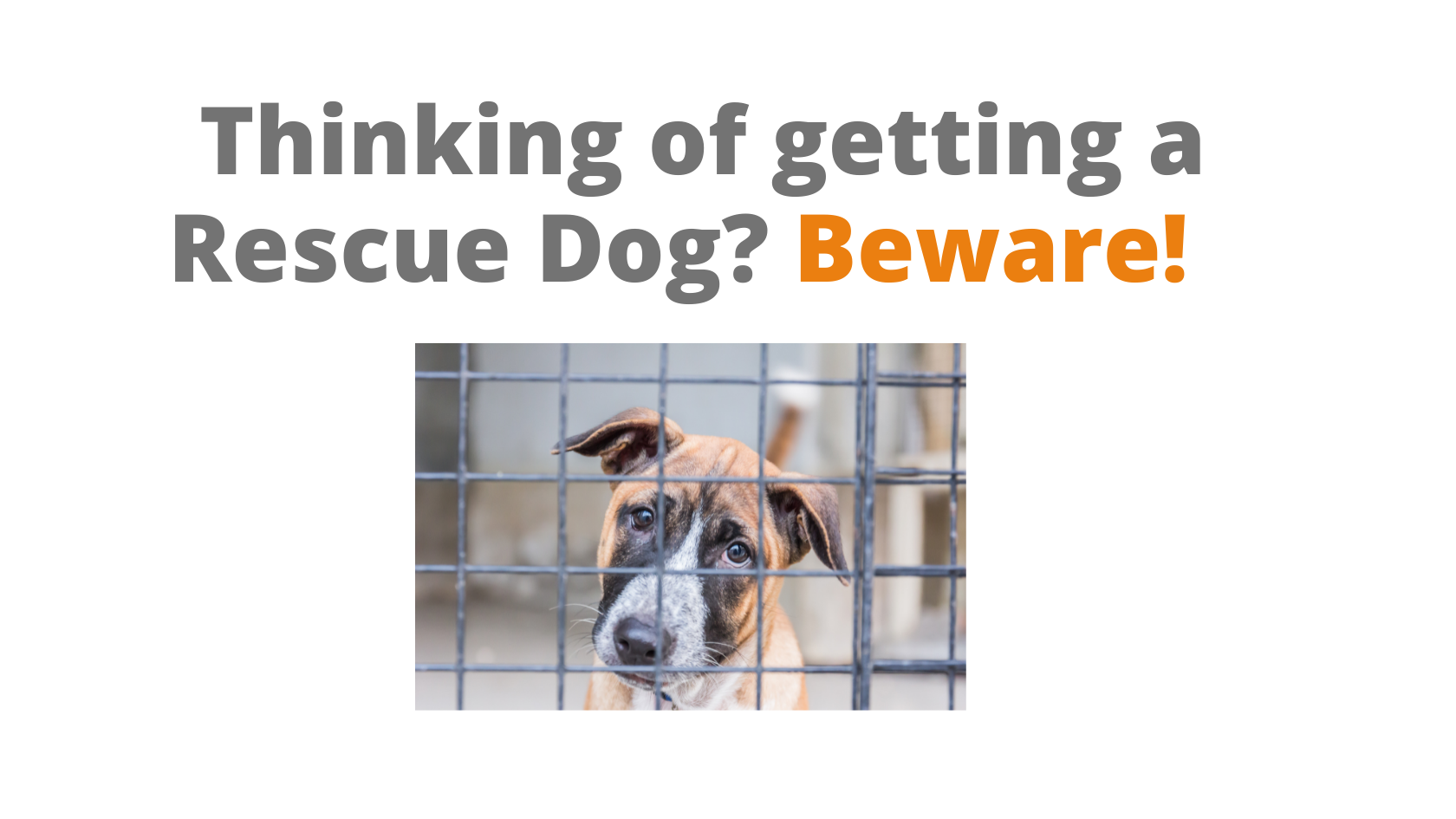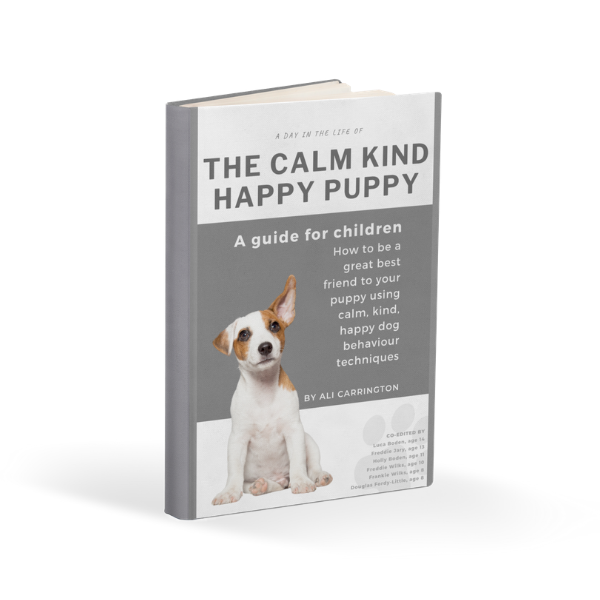In my online courses I refer to a dog’s behaviour as a jigsaw puzzle where all pieces (different behaviours) relate to each other. It’s also really useful to see it this way because, as with a jigsaw puzzle, to begin working it out, you start by tackling the corners first. This works really nicely as an analogy for dogs, because there are 4 main “principles” in dog behaviour. In this blog I’m going to talk about one of these principles, my Corner Piece 3, which deals with how dogs perceive “danger” and the rituals used to cope. This is a wonderful and fascinating topic, and used in our domestic scenarios, we can really establish amazing team work between ourselves and the dogs.
My first objective when I teach this corner piece is to show the natural response of a dog when he considers something to be worrying, dangerous, or even just out of the ordinary. As always, the best way to observe a natural response of a dog is to look to nature, to dogs living without human intervention (because we ruin everything and mix everything up!) so if we look to the grey wolf in Yellowstone park for example, or the wild dogs in Asia, or even African wild dogs, and what you see is that the first member of the canine group who sees something worrying sounds an alert. So that could be anyone of the group. It is everyone’s role to alert to danger if they see it.
Next, it is over to the senior members of the group who decide what to do about the perceived threat. And they decide using the three options available to them: flight, freeze or fight. Ie. they can flee and get the heck out of there, they can freeze and hope the danger will pass, or they can stay and fight for their lives. In nature if we are talking about a group of canines, freezing is not likely to be an option as there will be too many of them, so the options are really down to running away or staying and fighting the threat off if necessary. This behaviour is organised and ritualised and the senior group members make a decision based on how they believe it will be best for the group to stay safe (spoiler: it’s usually to flee because fighting is riskier to survival than fleeing).
So now let’s take this observation into the domestic scenario… when your dog notices something he or she is not sure of, he or she will bark to alert you and the rest of the family to the possible danger. They are not doing this just for fun. They mean business.
Now, btw I’m not talking about a dog who stands in front of you mischievously and barks while gaining your eye contact! This is a different scenario – this is attention seeking, and you just ignore that and walk away.
For their perception of danger, you have to respond, because you want to prove that you have that very important role of decision maker in your household, but HOW you respond is important. What I don’t recommend, because it doesn’t have long term benefit, is meeting your dog’s energy where it is, shouting “it’s ok, it’s ok, stop barking, it’s only the postman!!” because if you do that, you’re just joining in with the barking.
What I suggest you do instead is say “thank you!”
I want you to say “thank you” really calmly and appreciatively – the fact is they have done a good job in alerting you to something that might risk your survival. Even if you know what it is, and even if it happened every day so far, the dog truly believes he is doing what he needs to do. So when your dog barks, it’s their way of telling you something’s up. We then say “thank you” in a nice, calm voice, and you can calmly call them away just once.
Now, if they don’t come when you call, and they are really insistent that something is worrying, you need to go and see what they’re barking at! Even if you don’t think you’ll see anything, it clearly seems important to them and they will appreciate you acknowledging that. When you are “checking” they will very likely be looking at you and sussing out whether you are also worried, therefore it’s important that your energy is calm and straightforward.
After you’ve checked, you walk away and you can either call them to follow you, or gently lead them away. The goal is for them to see you investigate, not for you to focus on them and pay them lots of attention. Remember, some dogs bark for attention, so try not to look at them while you’re checking things out. The calmer and happier you do this, the more your dog will learn that you are a calm, consistent decision maker and they will breathe a sigh of relief. Over time, and given all the other “corner pieces” are in place, your dog will bark less and less, and look to you more, becoming more and more confident that you have everything about safety and survival covered.
That is the very basic structure of the corner piece 3. There is more to this piece for those dogs who are off the scale with anxiety, we may need further steps to teach them all is well, but the first step is the “thank you”, and your calm energy while you acknowledge their alert.
Let me know how you get on with “thanking”, “checking” and staying calm!


